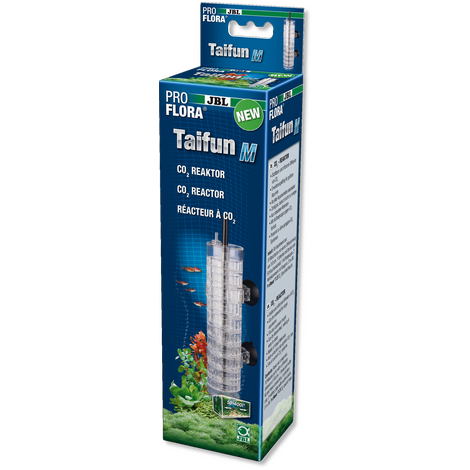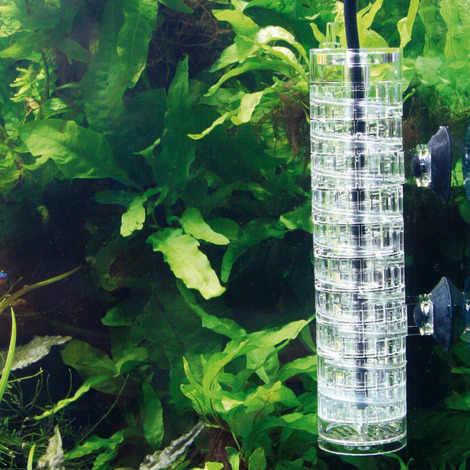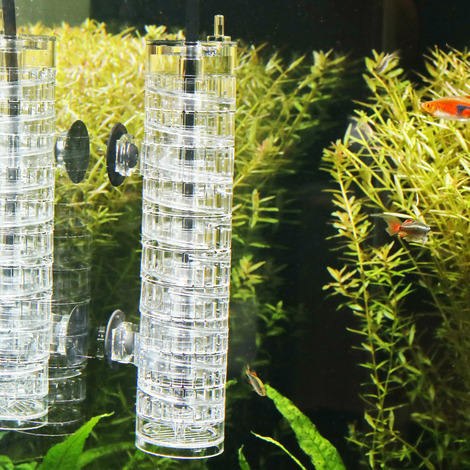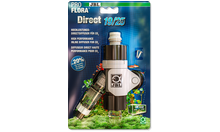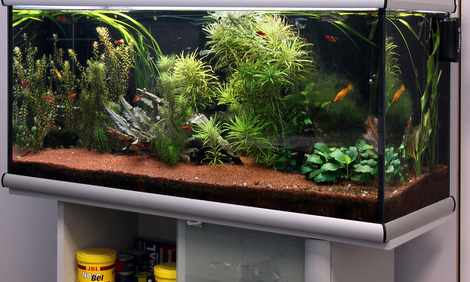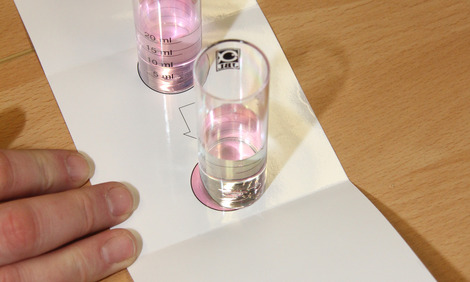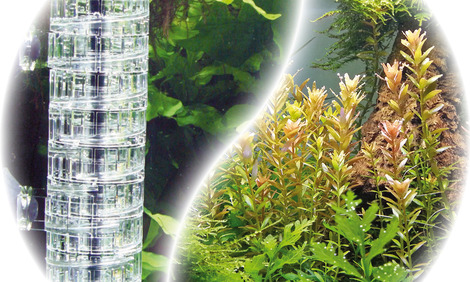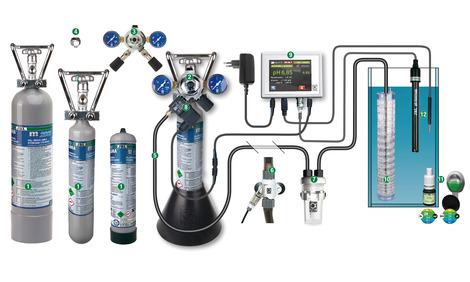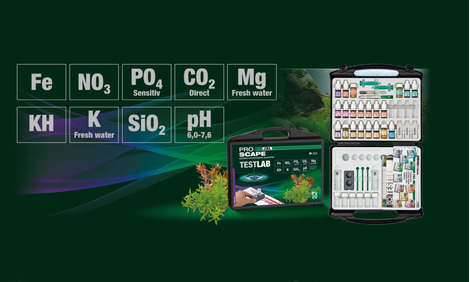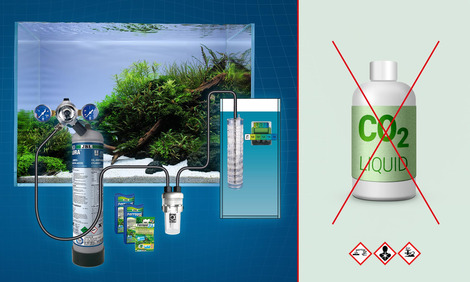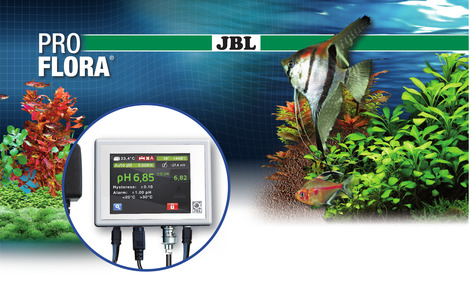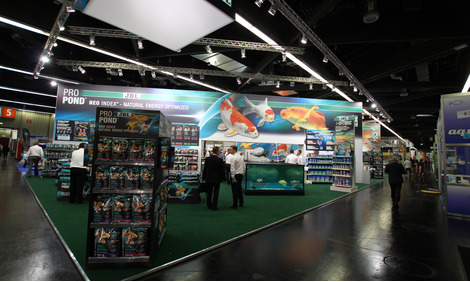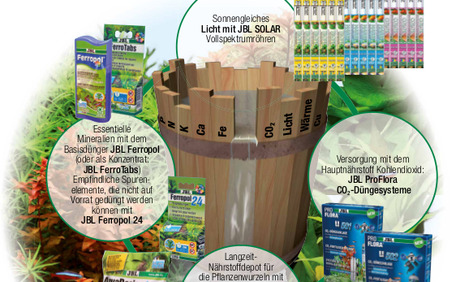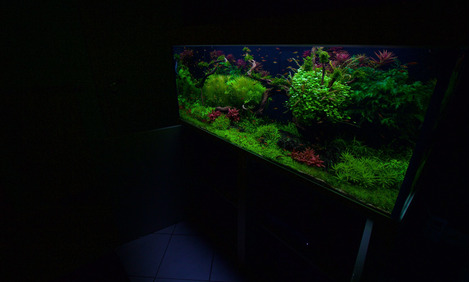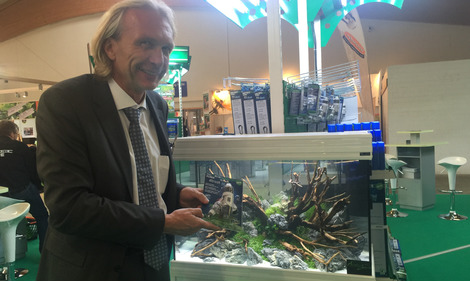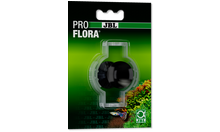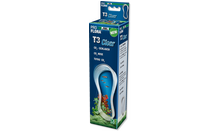Easy installation
The diffuser is suitable for all common CO2 systems. Connection to CO2 hose with 4/6 mm. Mount the diffusor with suction cups in the aquarium. The right amount of CO2 is different for each aquarium and depends on the volume, water movement and planting of the aquarium. The CO2 content can be checked by means of a CO2 test.
Reactors/diffusers:
In the aquarium, the CO2 gas should now be dissolved in the water so that it is available to the plants as staple food. For this purpose there are several possibilities available: In the JBL PROFLORA TAIFUN P a ceramic disc forms the connection to the water. The CO2 is pressed through in tiny bubbles and dissolves in the aquarium water on its way to the surface. For this reason, diffusers should always be placed as low as possible below the water surface. The only exception is the JBL PROFLORA DIRECT, which is integrated into the water-returning hose from the external filter. It also has a ceramic membrane through which the CO2 enters the water and dissolves on its way from the filter back into the aquarium.
In the JBL PROFLORA TAIFUN S5 and M the CO2 bubbles rise upwards as in a round parking garage driveway and dissolve in the parking garage i.e. in the aquarium water. A residual of bubbles still reaches the top, but it hardly contains any CO2. On its way up the bubble has also absorbed gases from the aquarium water (O2 etc.). So don't worry about wasting too much CO2! For the very concerned, the bubble remains are collected in a chamber at the top. Both diffusers TAIFUN S5 and M can be extended with modules (JBL PROFLORA TAIFUN Extend) if your aquarium requires more CO2 or if you are changing to a larger aquarium. Their length is only limited by the aquarium height.
.
JBL PROFLORA Taifun M
CO2 high-performance diffuser
PROFLORA CO2 TAIFUN SPIRAL 10
- Loss-free enrichment with main plant nutrient carbon dioxide: CO2 diffuser for freshwater aquariums max. 400 l in volume, min. 30 cm in height
- Easy to install: connect the diffuser with special hose to the CO2 fertiliser system (not included), using suction holder place in the aquarium
- Visible and efficient diffusion of CO2, operation without additional pump, no separate bubble counter required, easy to clean, can be dismantled completely, suitable for all common CO2 systems, extendable
- Collection cap to prevent CO2 loss, sturdy Makrolon, up to max. 400 l at 4 °KH, up to 200 l at 10 °KH
- Package contents: CO2 high-performance diffuser, ProFlora Taifun, size: 190 mm, incl. 2 m special CO2-proof hose
You may also be interested in
JBL PROFLORA Taifun M
Properties
| Animal species: | Armored catfish, Arowana, Axolotl, Barbels, Bettas, Bichirs/reedfish, Blowfish, Catfish, Cichlids (South America), Clawed frogs, Clawed shrimps, Crayfish, Crustaceans, Danions, Discus, Dwarf crayfish, Dwarf shrimps, Flowerhorn, Gill maggots, Goldfish, Gouramis, Guppy, Juvenile fish, Killifish, Livebearers, Loaches, Mussels, Newts, Panchaxes, Rainbowfish, Snails, Spiny eels, Tetra, Veiltails, blood parrot cichlids, freshwater butterflyfish |
| Animal size: | For all animal sizes |
| Animal age group: | All aquarium fish |
| Volume habitat: | > 400 L |
| Material: | plastic (PC) |
| Colour: | transparent / black |
Electronic label / illuminant
| Mercury: | No |
| Dimmable: | No |
Technical Data
After reinstallation the bubbles move only haltingly through the diffuser and sometimes merge into large bubbles. The device needs approx. 48 hours to set up! After that a bio-film will have formed on the surface of the device, allowing the bubbles to rise freely upwards. After the running in time the required bubble count will adapt itself for your aquarium.
At first the air hoses and special CO2 hoses can easily be pushed on the connection piece. The hoses harden more and more as the months go on and can only be removed from the connection piece using great force. If you pull the hose hard it will only strain the connection, which could, in the worst case, even break off. Instead cut the hoses you want to remove laterally at the ends and carefully remove them. For this it’s always advisable to install hoses with some reserve in its hose length.
The clips are made of plexiglass and therefore wear very slowly. Excessive stretching or pulling can however strain the material. It is therefore important to remove the reactor by pulling it forward and not sideways. The breaking of the clips is a sign of over-stretching.
Please extend the JBL ProFlora Taifun by using extension modules (JBL ProFlora Taifun Extend). Too many bubbles are being added for this reactor and its overall height. The extension will extend the reaction path and improve the CO2 dissolution.
